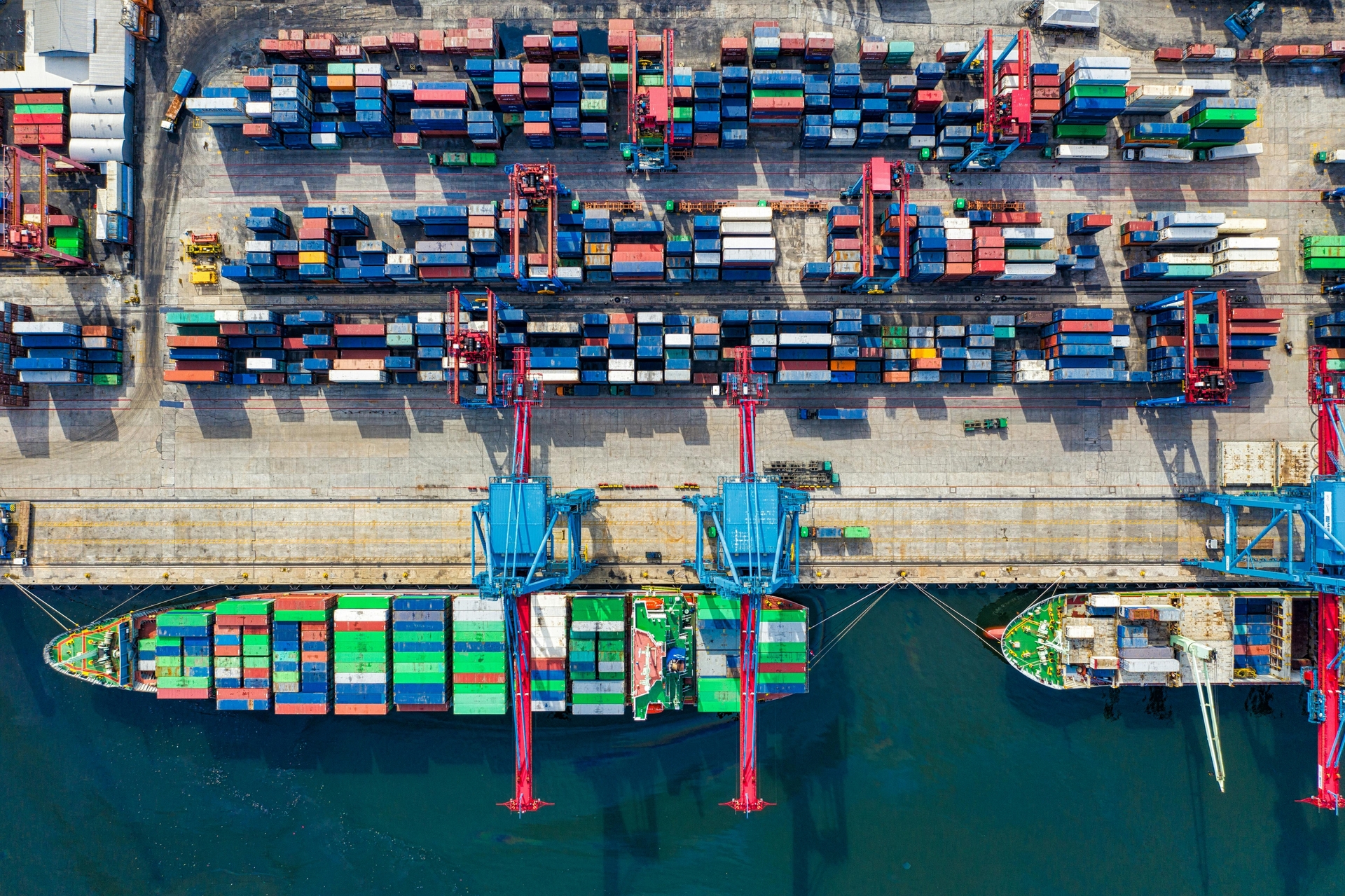
Intra-Asia trade—a major engine of global logistics—is facing renewed disruption as the United States ramps up pressure on Asian countries to finalize trade agreements. With the threat of high tariffs looming, logistics operators and exporters across Asia must now reassess their strategies to navigate potential fallout.
According to Hutchison Port Holdings Trust (HPH Trust), the US has issued strong warnings to several Asian countries, demanding trade deal agreements by August 1. While Japan, Indonesia, and the Philippines have secured partial deals—resulting in slightly reduced tariffs (15% to 19%)—many key exporters, such as South Korea, Thailand, and Malaysia, still face steep levies ranging from25% to 40%.
If negotiations collapse, tariffs could be reinstated or increased rapidly, significantly disrupting trade routes and freight flows across the region.
China remains a critical piece of the puzzle. Talks are scheduled next week in Stockholm to determine whether an agreement can be reached before the US-imposed August 14 deadline. Without a deal, Chinese exports could face an unprecedented 145% tariff—potentially triggering seismic shifts in global trade volumes and patterns.
The ASEAN+3 Macroeconomic Research Office (AMRO) has warned that continued uncertainty and uneven progress in trade negotiations could dampen regional growth. AMRO projects intra-Asia growth will slow from 3.8% in 2025 to 3.6% in 2026 if trade friction persists.
This episode underscores a broader trend: trade policy is once again a key lever of geopolitical influence. As governments weaponize tariffs, the role of logistics firms in building resilient, adaptable supply chains becomes more vital than ever.